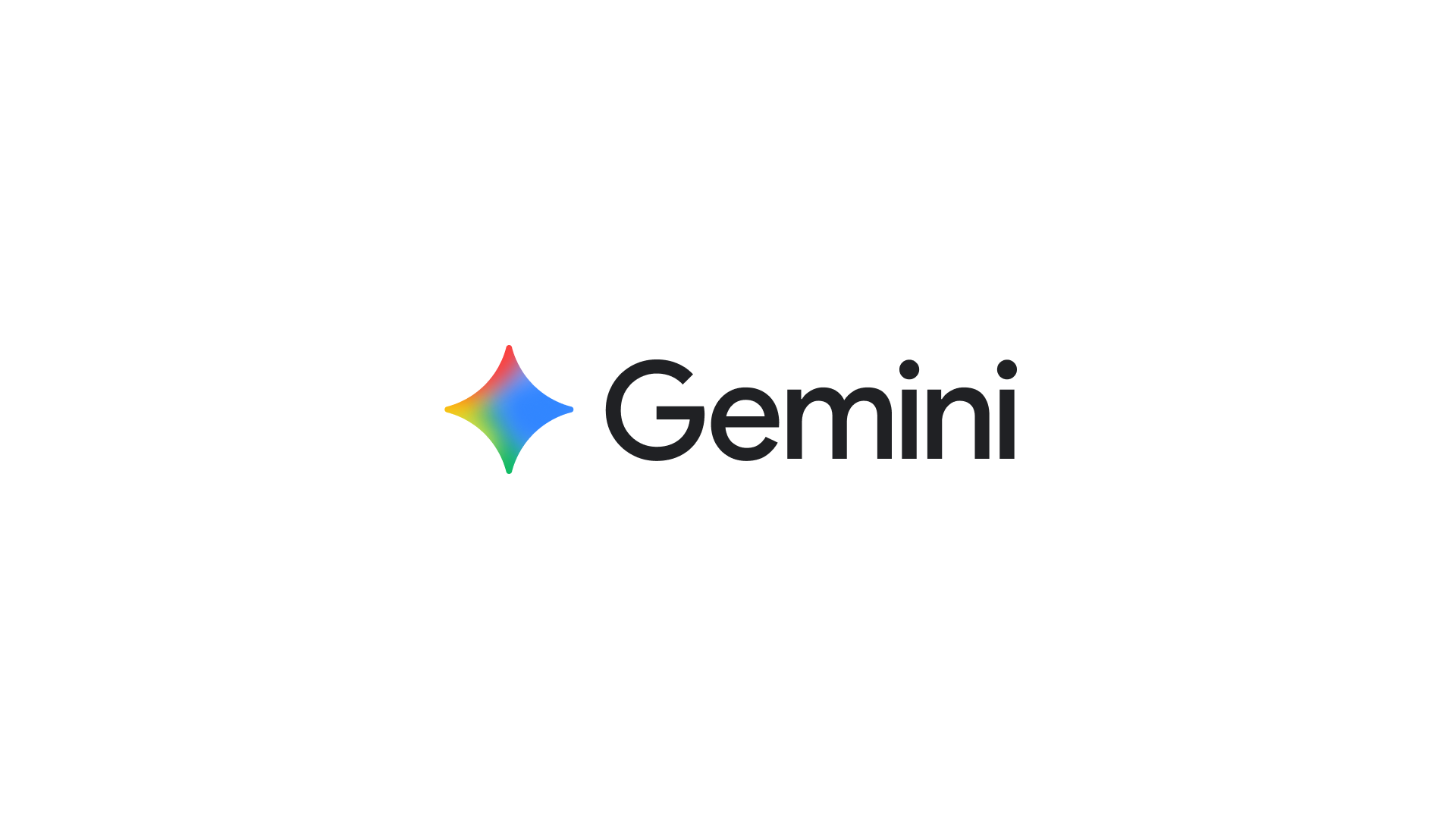Review
Google Gemini Pro PC Review: The Future of Local AI or Just Marketing?
By AI is Mid Editorial
Published November 13, 2025

Google Generative Media Suite Review: Veo, Imagen, Lyria And Music AI Sandbox For Creators
This review of Google generative media tools for creators looks at the growing stack built around Veo for video, Imagen for images, Lyria for music, and Music AI Sandbox as a playground for experimentation. Instead of shipping just one isolated model, Google is slowly assembling a toolkit that plugs into YouTube, Shorts, and production environments so that creators can move from prompt to finished asset inside a single ecosystem.
Veo: Video Generation That Tries To Think Like A Director
Veo is the high profile part of the stack. It targets high quality video generation with better consistency, control, and detail than the early wave of generative clips. For creators, the promise is simple. You describe a scene, style, or transition, and Veo produces shots that feel closer to something you could actually cut into a project instead of obvious AI experiments.
Where this matters for Google generative media tools for creators is the integration story. Veo is not positioned as a toy site where you download random clips. It aims at workflows where YouTube and Shorts are the natural destination. Think automated b roll for explainers, stylized transitions for intros, or concept footage that helps teams storyboard before they ever pick up a camera.
Control, Consistency, And Real World Fit
The early challenge with video models has been temporal stability and control. Shots wobble, characters morph, and continuity breaks the minute you look away. Google is clearly trying to position Veo as a more stable, direction friendly system where prompts, references, and settings guide the output with more reliability. It will still require human curation and editing, but it feels like a model built with editors and motion designers in mind rather than just tech demos.
Imagen: Still The Workhorse For Images And Thumbnails
While Veo grabs headlines, Imagen remains a quiet workhorse in the background of Google generative media tools for creators. Thumbnails, cover art, backgrounds, mockups, and visual concepts can all flow from text prompts, sketches, or reference images. When plugged into YouTube workflows, that means faster iteration on thumbnail concepts, branding assets, and visual variations without switching between ten separate tools.
The bigger play is consistency. If you keep your prompts, styles, and brand references organized, Imagen can help you maintain a recognizable look across a channel, a podcast, or a series without manually redrawing everything for every platform.
Ethics, Sources, And Trust
Any honest review of Google generative media tools for creators has to mention training data and rights. Google leans heavily on licensed data, partnerships, and policy language about respect for creators, but the space is still evolving. Creators who care deeply about provenance, credit, and compensation will want transparent documentation and clear options to keep their own content out of training pipelines if they choose.
Lyria And Music AI Sandbox: Soundtracks And Experiments
On the audio side, Lyria and Music AI Sandbox handle composition, arrangement, and sound design. Instead of forcing creators to become full time composers, Google pitches a model where you describe mood, tempo, instrumentation, and structure, then refine the generated result through iterations and edits.
Music AI Sandbox acts as the hands on layer, letting creators nudge structure, change sections, and experiment with variations until it fits. For YouTube and Shorts, that means custom soundtracks that are synced to visuals and safe to use on platform without guessing which track will trigger a claim.
From Background Noise To Intentional Sound
Historically, many creators settled for generic library music. With Lyria and Music AI Sandbox, Google is essentially telling creators that sound can become part of their identity rather than an afterthought. The tools make it easier to have a signature sound palette that still respects platform policies and avoids endless manual licensing work.
Workflow Integration: Where The Suite Actually Wins
The real strength of Google generative media tools for creators is not any single model, but the way they converge on workflow. Veo can produce video assets, Imagen can generate supporting images and thumbnails, Lyria can score the result, and YouTube plus Shorts become the natural publishing surface. Tightly integrated tools reduce friction for small teams and individual creators who do not have the time or budget to stitch together a dozen separate services.
For agencies and production teams, the suite offers a hybrid model. You can prototype and previsualize quickly, then replace critical shots or sound with live action and human composed work where it truly matters. AI becomes the accelerator, not the replacement.
Limits, Risks, And The Human Layer
There are still limits. Generated video can feel uncanny in subtle ways. Music can slide into generic territory if prompts are lazy. Image outputs can drift toward stereotype or repetition without careful direction. That is why the human layer matters. The best results come from creators who already understand pacing, framing, narrative, and branding, then use these tools to multiply their capacity rather than to invent taste from scratch.
Verdict: A Growing Ecosystem For Serious Creative Work
Overall, this review of Google generative media tools for creators sees an ecosystem that is still evolving but already very strategic. By connecting Veo, Imagen, Lyria, and Music AI Sandbox to YouTube and production workflows, Google is not just shipping models. It is building an environment where creators can sketch, refine, and publish inside one overarching stack.
If you care about speed, experimentation, and integrated delivery, this suite is worth watching and testing as it matures. The challenge for Google will be to keep transparency, creator control, and long term reliability at the center. If they pull that off, their generative media tools will feel less like gimmicks and more like essential instruments in the creator toolkit.